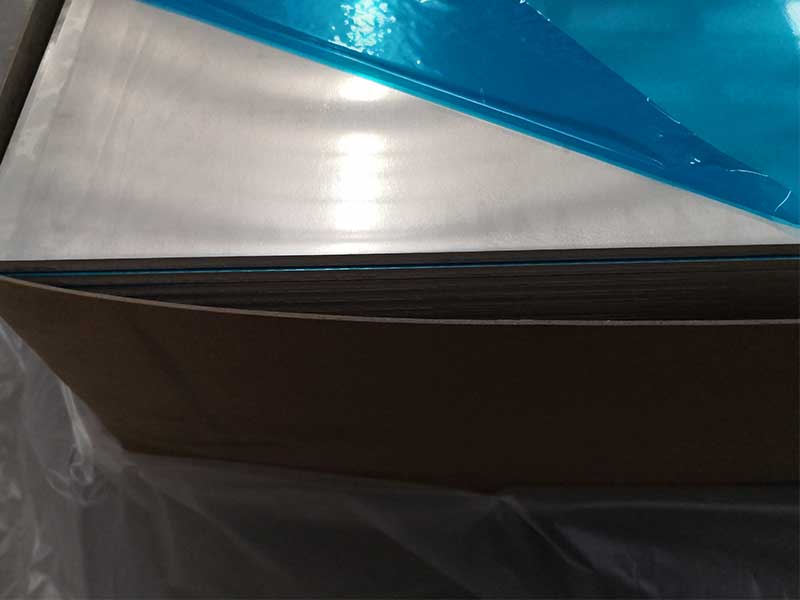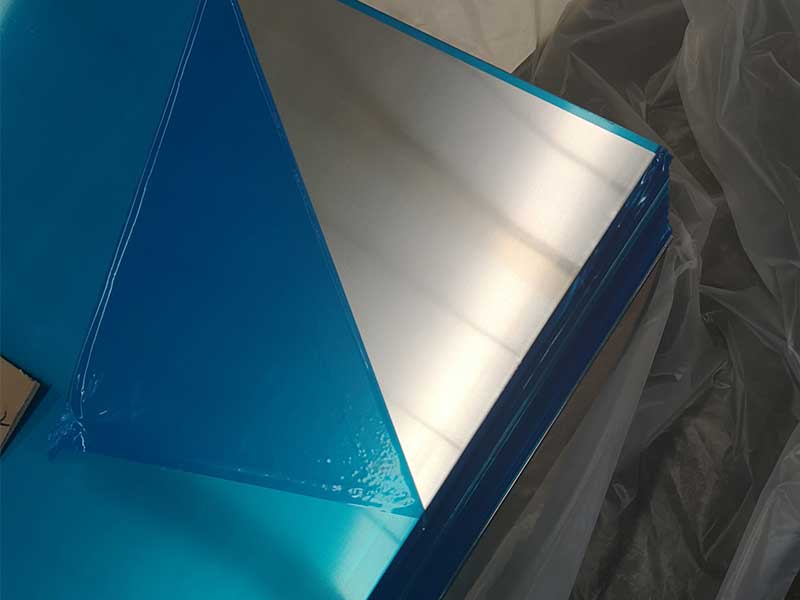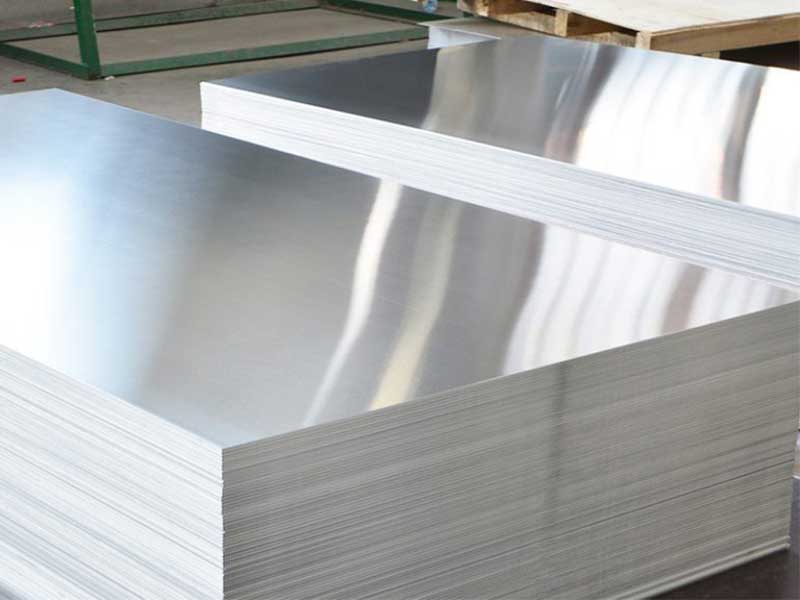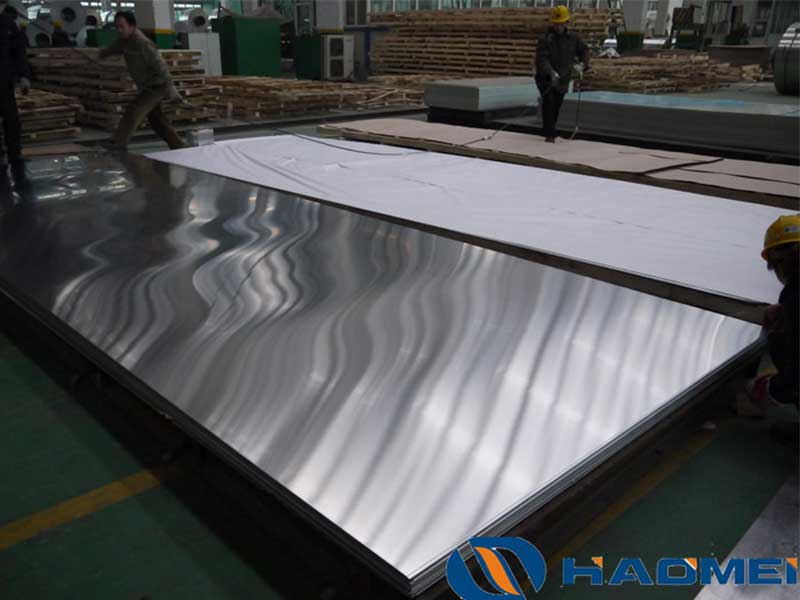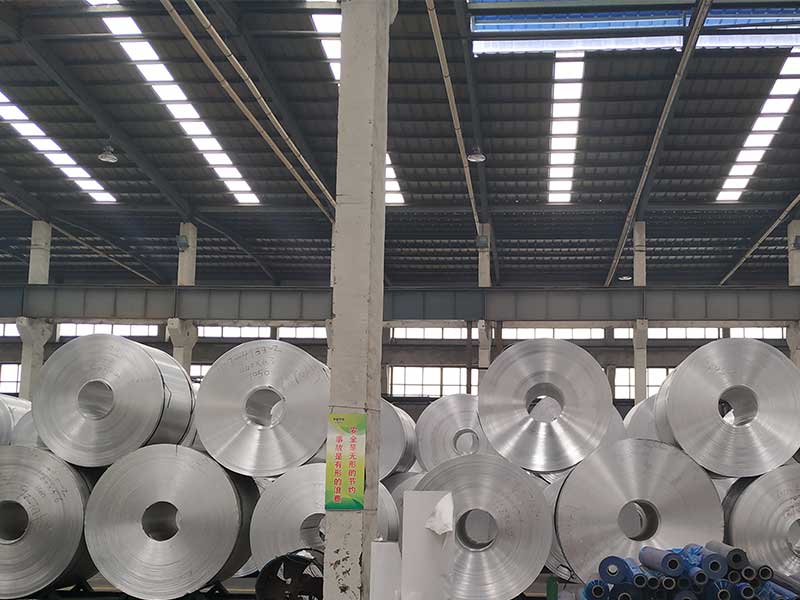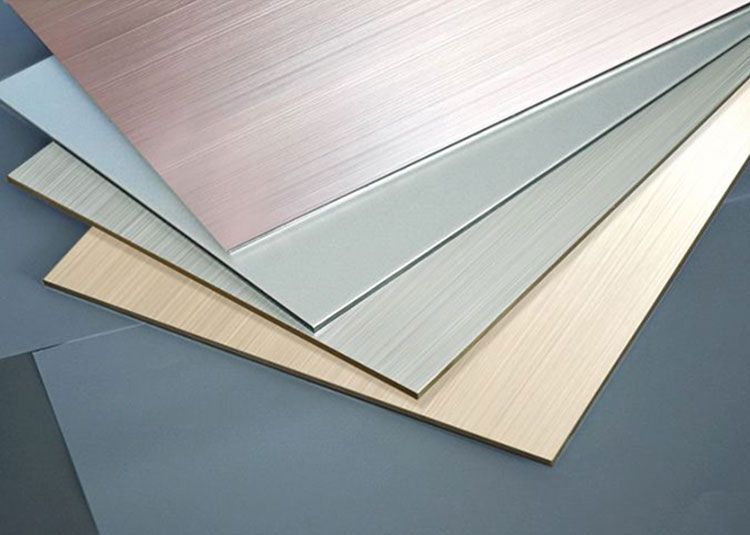The Multifaceted World of 3003 Aluminum Plate: Functions and Applications
When we think of aluminum, the first image that might come to mind is its shimmering surface glinting in the sunlight. Yet, when we dive into specific types of aluminum, like the 3003 aluminum plate, we unveil a profound material defined by its exceptional properties and myriad of applications. how this alloy functions and where it shines can help businesses choose the right materials for their needs.
3003 aluminum plate is a workhorse around here. We use it in a huge variety of applications, from simple sheet metal parts for our internal machinery to components for larger orders destined for the food processing and transportation industries. What strikes me most is its versatility. Its relatively high strength-to-weight ratio makes it economical, and its good formability means our fabrication teams love working with it – fewer rejects, less downtime. I've personally seen it stamped, drawn, and spun into countless shapes, always delivering consistent results. The biggest challenge is maintaining consistent surface finish across large batches; minor variations in the annealing process can lead to subtle differences in texture. We’ve invested heavily in quality control measures to mitigate that, constantly tweaking our processes to achieve peak performance.
Beyond the technical aspects, I've observed a kind of quiet respect for 3003 among the older machinists. They've seen countless alloys come and go, but 3003 remains a staple, a reliable performer that's stood the test of time. There's a sense of satisfaction in knowing that the piece you're working on, whether it’s a simple bracket or a complex component, is contributing to something larger, often something that will directly impact people's lives. The reliability of 3003 is mirrored in the skilled hands that shape it – decades of experience honing their craft, ensuring that every plate leaves our facility
What is 3003 Aluminum Alloy?
3003 aluminum is a widely used aluminum alloy that belongs to the 3xxx series. Its composition primarily includes 1.2% to 1.5% manganese, elevating its corrosion resistance and strength. One of the most inherently advantageous features of the 3003 alloy is that it is non-heat-treatable, which implies that it gains optimal strength predominantly through work hardening. This strengthens its physical form and enhances its usability across various applications.
Technical Specifications
The identification number “3003” categorizes this alloy under one of aluminum's most versatile families. Its notable properties include:
- Density: 2.73 g/cm³ (which offers excellent strength-to-weight ratio)
- Yield Strength: Around 90 MPa, facilitating structural applications
- Ultimate Tensile Strength: Approximately 150 MPa, a measure of the material's resistance to pulling or tyne fatigue.
- Formability: Exceptional workability allows for crimping, stamping, and bending, making it ideal for designing complex structures.
- Weldability: The alloy can be easily welded with standard methods, coupling versatility with durability.
These attributes provide both aesthetic appeal and long-standing strength to structures where they are applied.
Functions and Applications
The 3003 aluminum plate's utility spans various sectors including construction, manufacturing, transportation, and consumer goods.
-
Food Preparation and Kitchen Equipment: Due to its excellent corrosion resistance, 3003 aluminum is extensively used for making cookware, storage tanks, and heat exchangers. Its ability to resist acids and oxidative compounds makes it a safer option for food-related applications.
-
Construction: The trucks and trailers constructed with 3003 aluminum plates boast lightweight nature enhancing fuel efficiency. Additionally, many building components, including curtain walls, roofs, and flooring are often fabricated from this alloy. It combines both durability and aesthetic appeal in architectural designs.
-
Automotive Applications: Gear up for the race as 3003 aluminum provides lower weight without compromising safety. Many automobile components, including wheels and complex structural chassis parts, use 3003 due to itsformability and weight benefit, improving the vehicle's efficacy and functionality.
-
Consumer Goods: Its range isn't limited to industrial applications. 3003's versatility extends to everyday items like window frames, siding, and mirrors, adding a boastful strike through that leverages both form and function.
-
Chemical and Storage: The plate’s resistance to corrosive jira makes it the material of choice among chemical storage tanks, custom containers, and transportation systems to assure safety and longevity in pharmaceutical and chemical industries.


